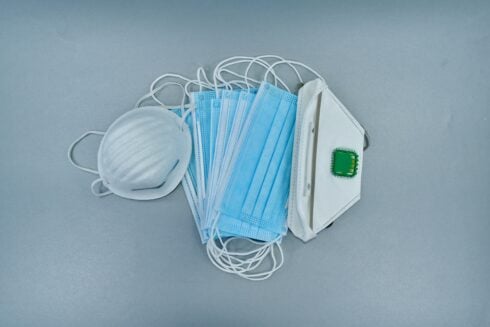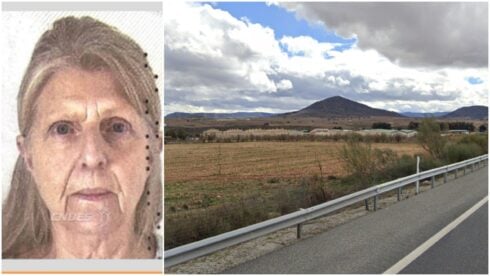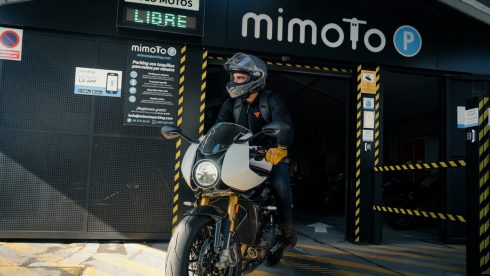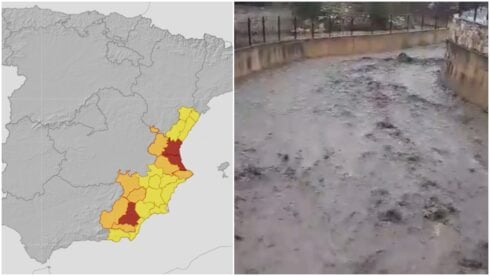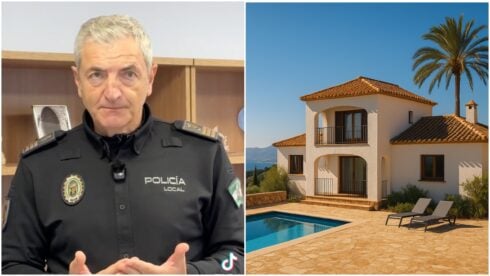AN ancient technology dating back to Persia 3,000 years ago has been resurrected in an experiment to cool the streets of Sevilla.
With temperatures regularly topping 40C each summer it is a problem that has long tormented the citizens of the Andalucian city. In fact present day residents are better off in the narrow alleys of the old town, where the thick walls, small squares, leafy trees and fountains all serve to help cool the streets.
But these techniques were discarded by modern planners when the large suburbs where the vast majority of the population live were laid out. There is little shade, few trees and masses of concrete leading to considerably higher temperatures than in the medieval heart of the city.
In an effort to find a way to provide relief the city hall has spent €5 million on a pilot project to marry the ancient Persian technology of qanats with modern pumps and solar panels to provide natural, cool air.

Called CartujaQanat, the experiment uses several techniques to cool a site about the size of two football pitches without burning any fossil fuels.
It is designed to be a community area that brings relief from the heat and includes two auditoriums, green spaces, a promenade and a shaded area with benches.
But look around the site and you will not see the main source of cooling, because it is all hidden underground.
Designers inspired by the Persian-origin qanats have built a network of underground pipes and tubes that channel water through a closed system.

The water cools hot air, which then wafts over the site bringing relief from the scorching temperatures seen in neighbouring sites.
In fact, according to Emasesa, the water company that helped to build it, system can lower surrounding temperatures by as much as 10C using just air, water and solar power.
The system is modelled on ancient tunnels which were originally built to irrigate agricultural field in deserts. The Perians realised that the fresh running water also cooled the air in the tunnels.
About 1,000 years ago they decided to use that air as natural air-conditioning by digging vertical shafts to bring it to the surface.

The CartujaQanat was designed by researchers at Universidad de Sevilla, who added some modern twists to the system that in the ancient world was used in India, North Africa, and thanks to its Arabic period, Spain.
Those systems relied on a steady supply of water from underground aquifers. The Sevilla qanat is instead a closed circuit.
At night, water runs through an aqueduct outside, then over solar panels on the roof and into giant tanks underground.
Contact with the lower night time and underground temperatures cools the water, until its time for the outdoor air-conditioning to be turned on.

As temperatures rise, solar-powered pumps draw the water through small pipes that run in front of fans to generate cold air. Small openings in the floor and steps allow the refreshing current to seep into the square.
The plan is to roll out more qanat systems through the city when the tech is proved – but that may be a while yet, The system is waiting for two pumps before becoming fully functionable, with the May elections having thrown a spanner in the financing works.
But the PP city leadership have promised to get the project back on track.
For the residents of Sevilla, that can’t come soon enough.
- READ MORE:
Greenpeace calls for faster action to save Spain from ravages of climate change - Spain most at risk of climate change effects according to alarming new report
- Atomic yacht could make Gibraltar into global leader in the fight against climate change
Click here to read more Andalucia News from The Olive Press.


